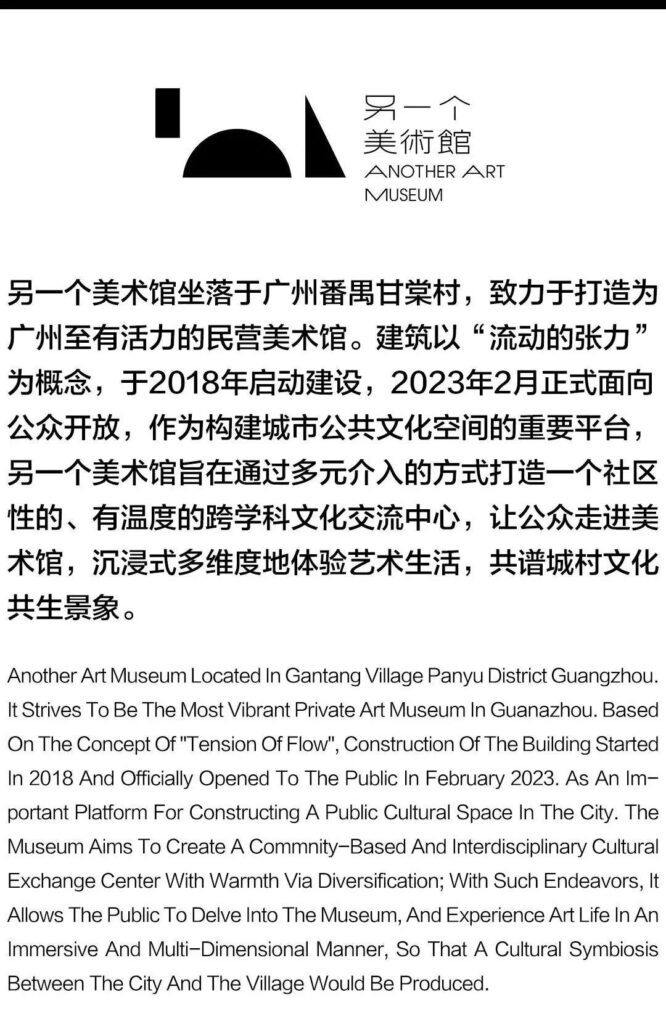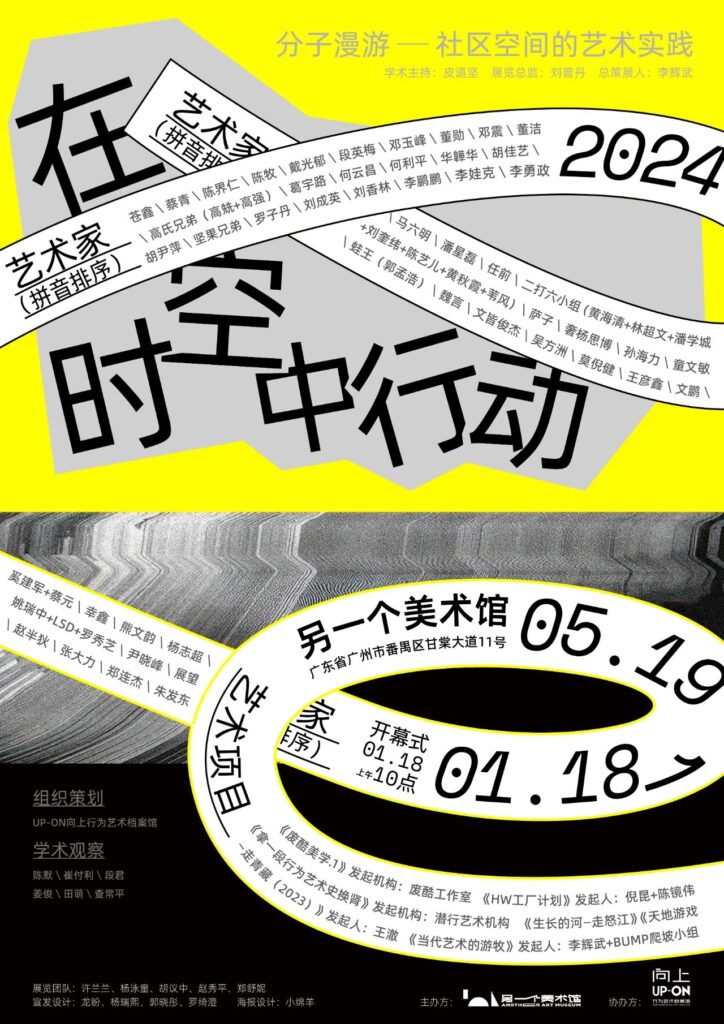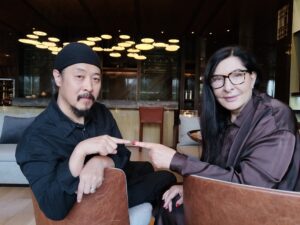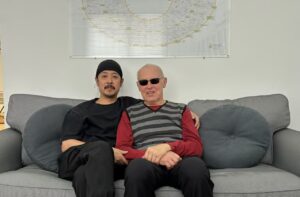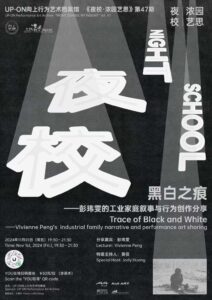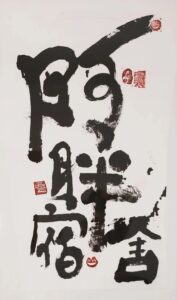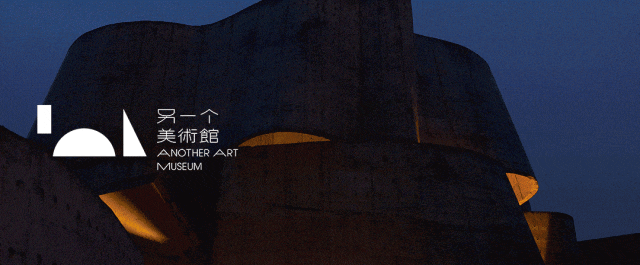
Over 60 artists participated, with 50 works and 5 projects. The exhibition traces the 53-year history (1970–2023) of performance art in China (including Hong Kong, Macau, Taiwan, and mainland China), focusing on artworks and projects created and implemented in public spaces. It highlights how artists use art as a method for reflecting on and engaging with reality, opening up possibilities for the imagination through action. The exhibition employs various mediums such as video, photographs, publications, and props to construct a documentary exhibition with a curatorial and research-oriented approach.
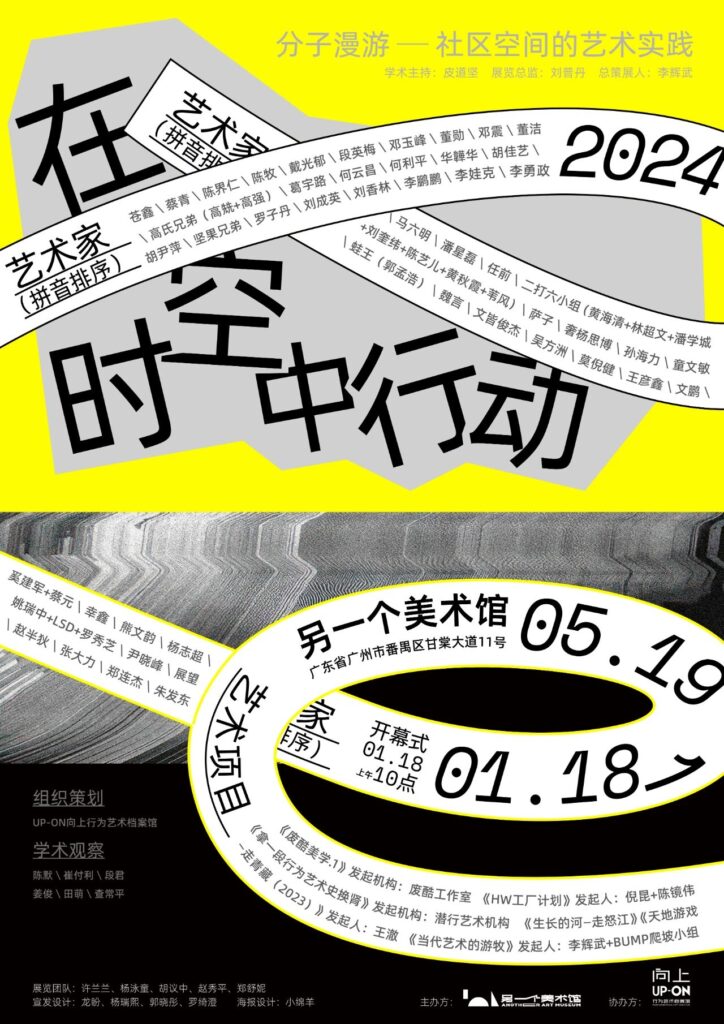
A Spontaneous Preface to the Exhibition I’ve written and deleted this preface several times. If I write it in an academic style, I feel it doesn’t do justice to the works. If I write it in a more casual style, I feel it doesn’t respect the works. So I’ll just write whatever comes to mind.
Yes, the exhibition is serious and somewhat ambitious. It begins with the earliest Chinese performance art works that appeared in Hong Kong in 1970, spanning a 53-year timeframe, 50 works, 5 projects Some are familiar, others unknown, but all are masterpieces. It’s normal for some to be unknown; marginality and niche appeal are the fate of experimental art. Yet it has always attracted numerous thoughtful, courageous artists to dedicate themselves to it. Many have since fallen from grace, but their past achievements deserve respect. After viewing the works, I couldn’t suppress the surging emotions in my heart,sighing with emotion.
The two words that linger in my mind are: innocence. Artists are like children—pure, sincere, unconstrained by social conventions, and unafraid of danger. Their works are gifts to the world, offered with unwavering wisdom and sincerity. These treasures expand the dimensions of human cognition and spirit. Based on the concepts and language of the works,
the exhibition is divided into three sections:
1. Individual • Community
2. Concept • Experience
3. Satire • Provocation
This simple division provides viewers with clues to enter the works, though it may not be precise, it is not entirely wrong. This is the charm of art—there are no standards. Selecting works for the exhibition was a challenging process, with many excellent pieces, but it was difficult to decide, and even drawing lots was used—not very serious,but fair.
Due to various reasons, the selection of works inevitably left out some, which is regrettable. Opportunity made this exhibition possible, and opportunity also depends on our will. As mentioned earlier, this is an exhibition with some ambition to fill in some gaps. Finally, here are a few keywords for viewing the exhibition: inclusivity, focus, experience, and reflection. Thus, the visit will not be in vain.
Curatorial Institution Representative: Zhou Bin, January 8, 2024
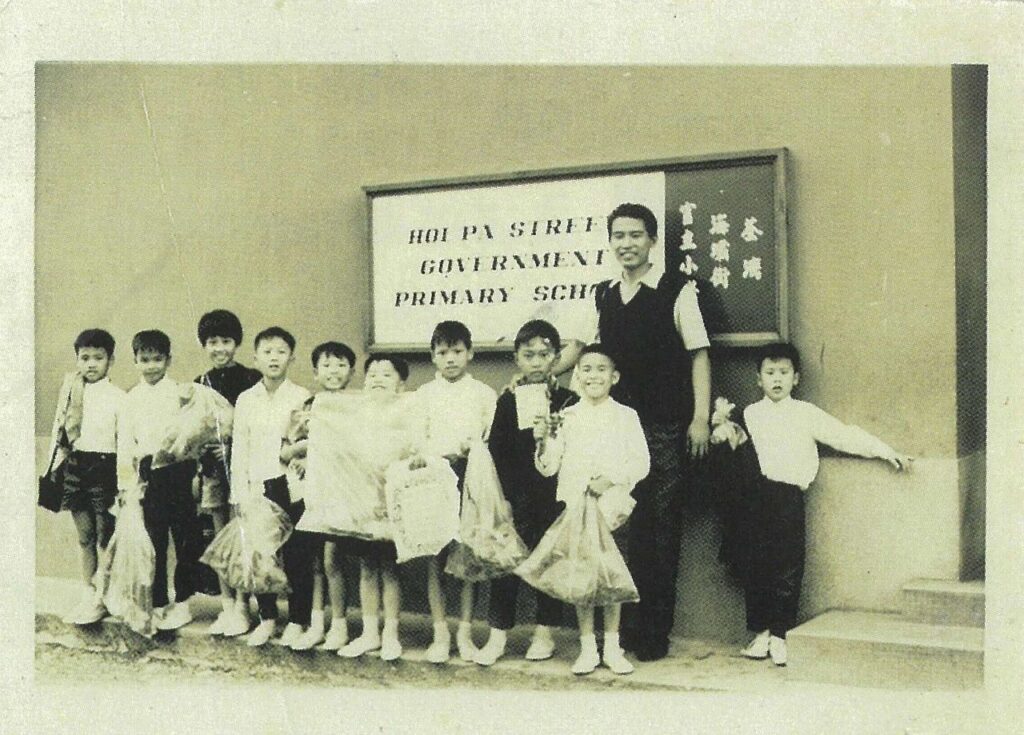
The Plastic Bag Campaign, performance art, 1970, Frog King (Guo Menghao)
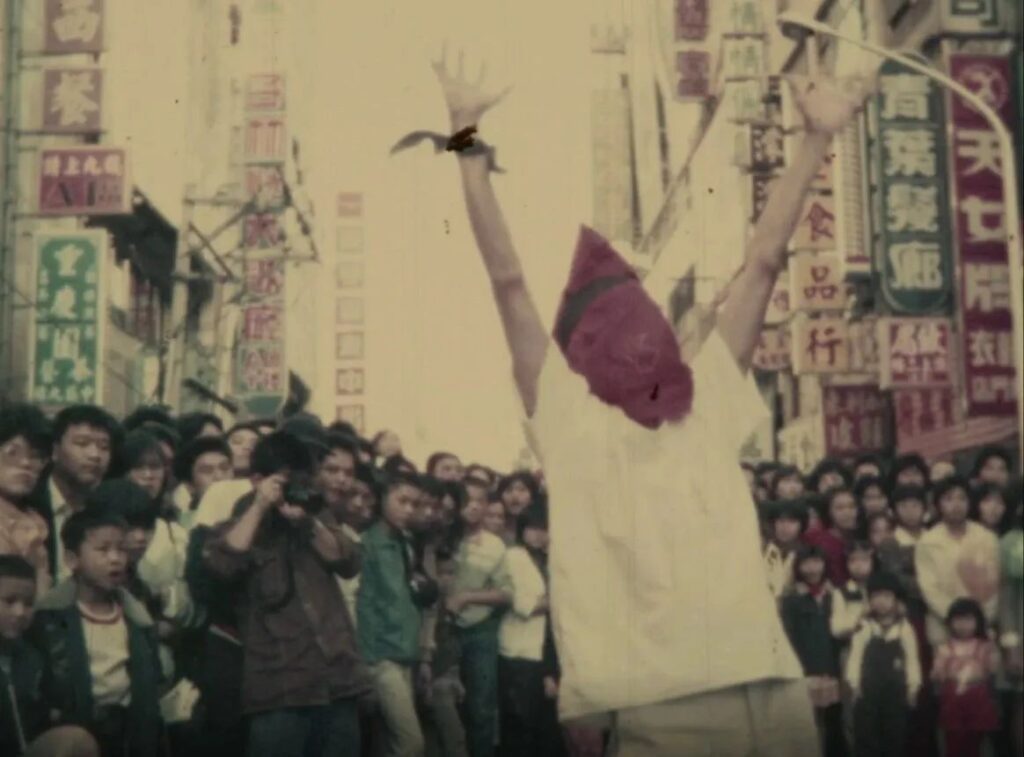
Functional Loss No. 3, color with sound, single-channel video, 10‘ 19’‘ 1983, Chen Jieren
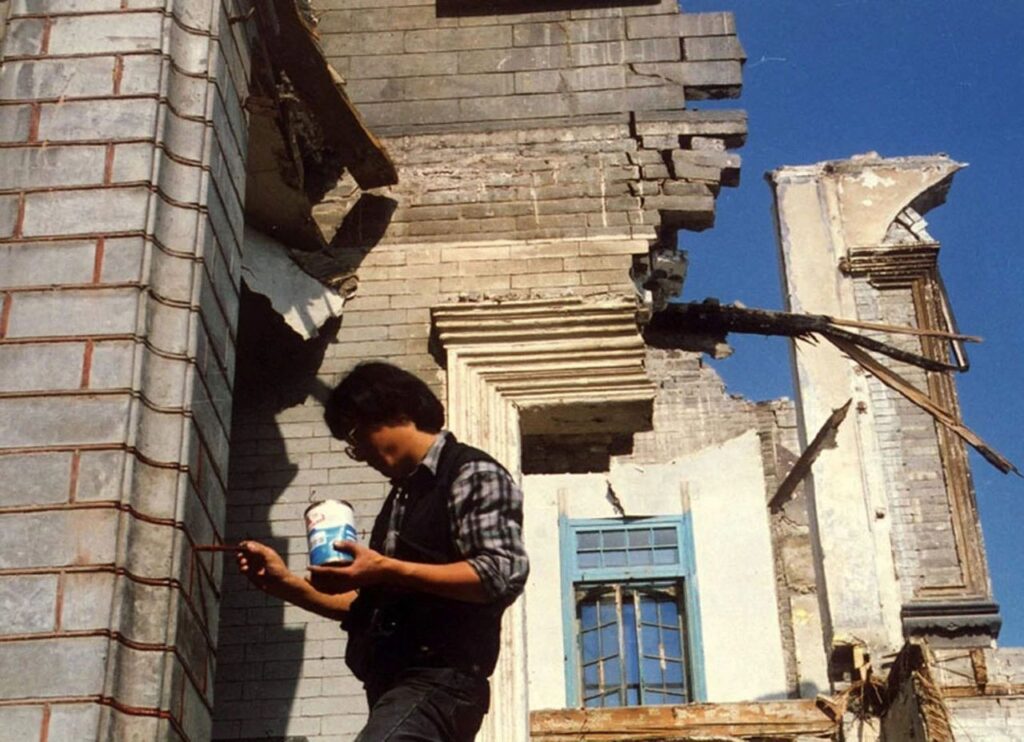
“94 Cleaning Up the Rubble Project,” 1994, Prospects
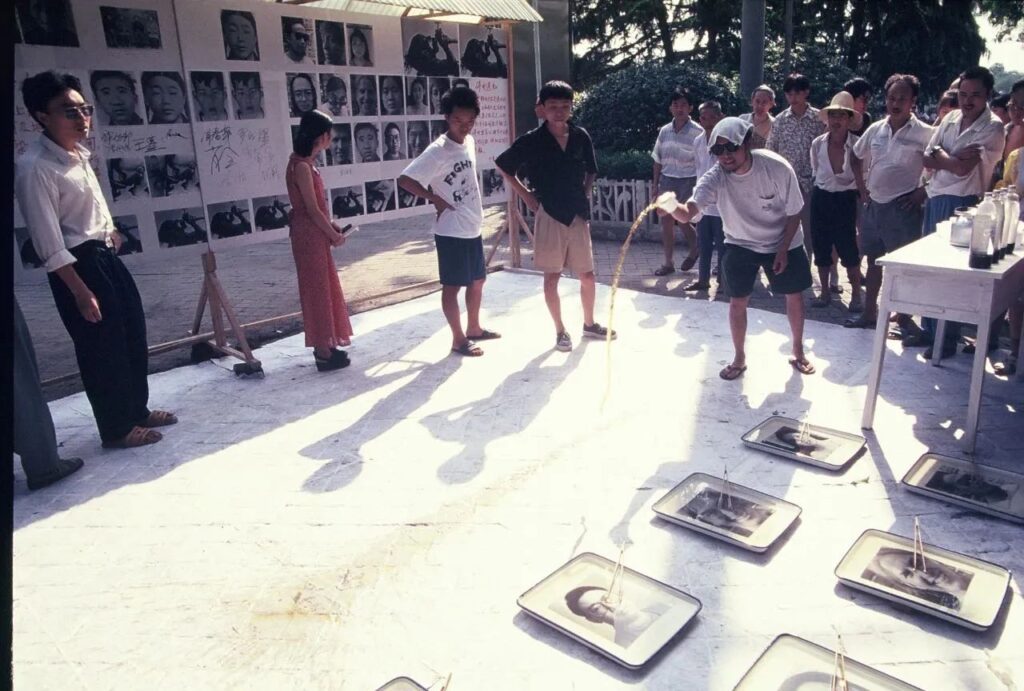
“Long-delayed Water Indicators,” July 1995, Dai Guangyu
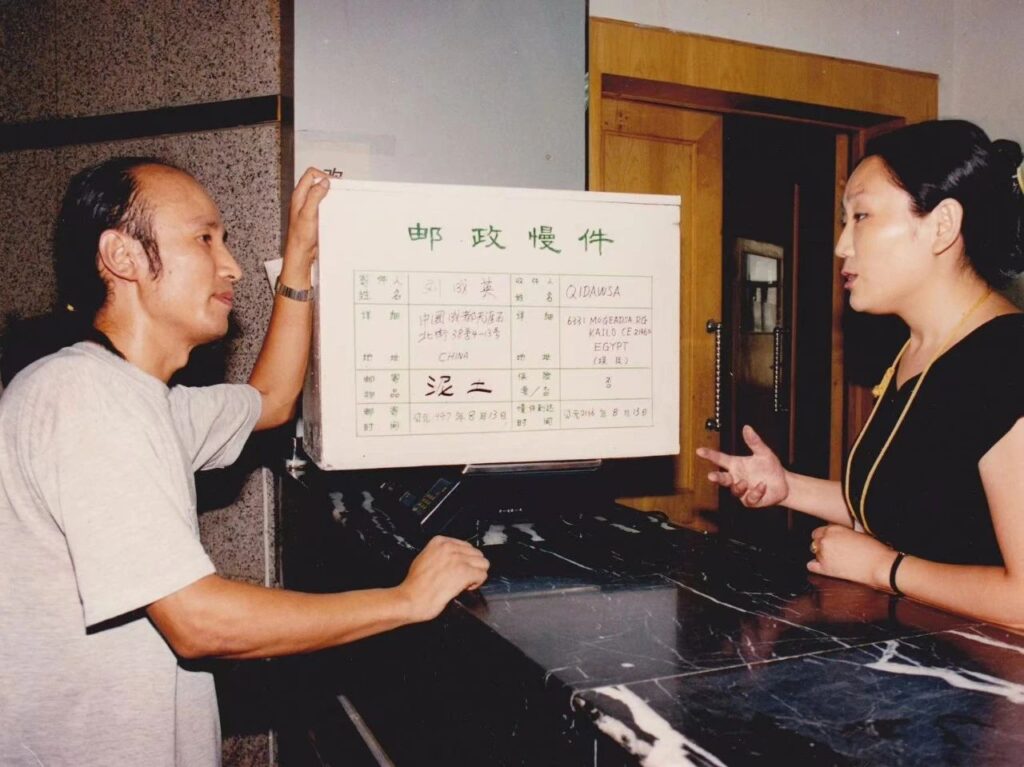
Postal Slow Mail — Sending Soil, 1997, Liu Chengying
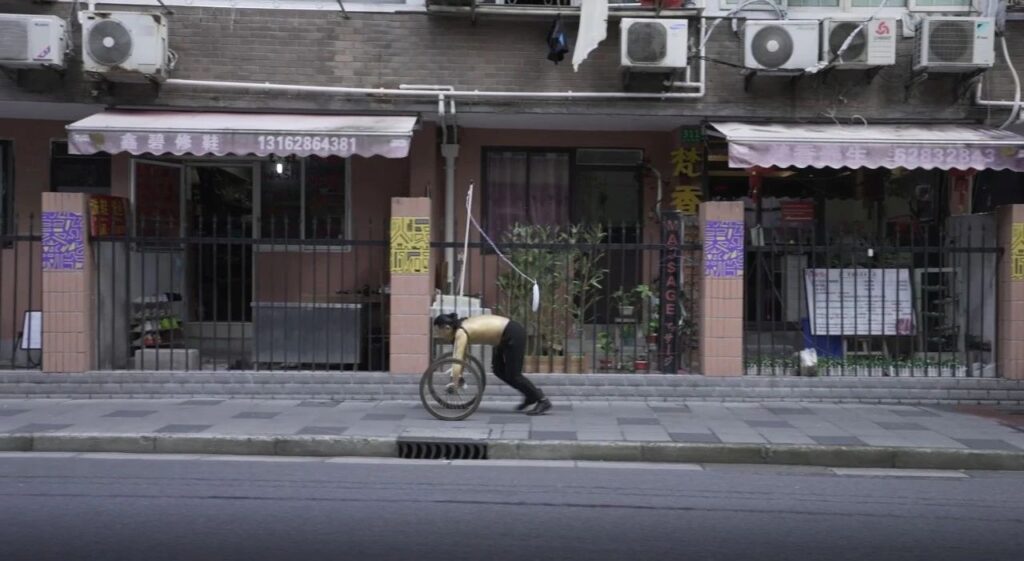
Wheels, color, sound, 9‘ 14’‘ , 2021, Wang Yanxin
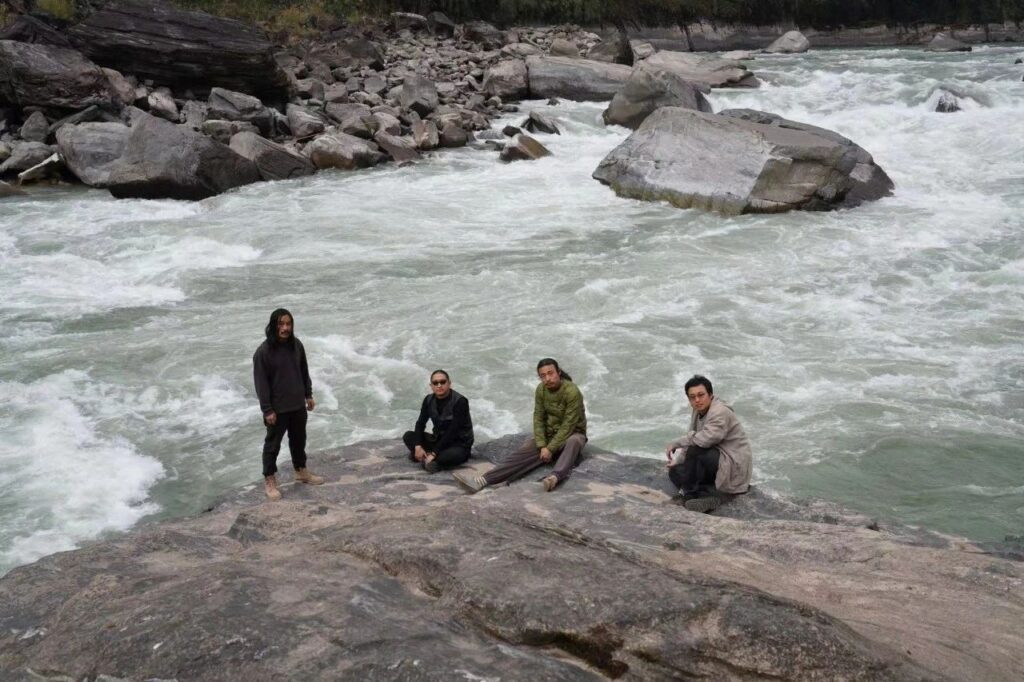
“The Growing River — Walking Along the Nujiang River,” Curator: Wang Che
Artists: Liu Chengrui, Li Binyuan, Liang Shuo
December 7–20, 2022; Nujiang River, Yunnan Province, China
